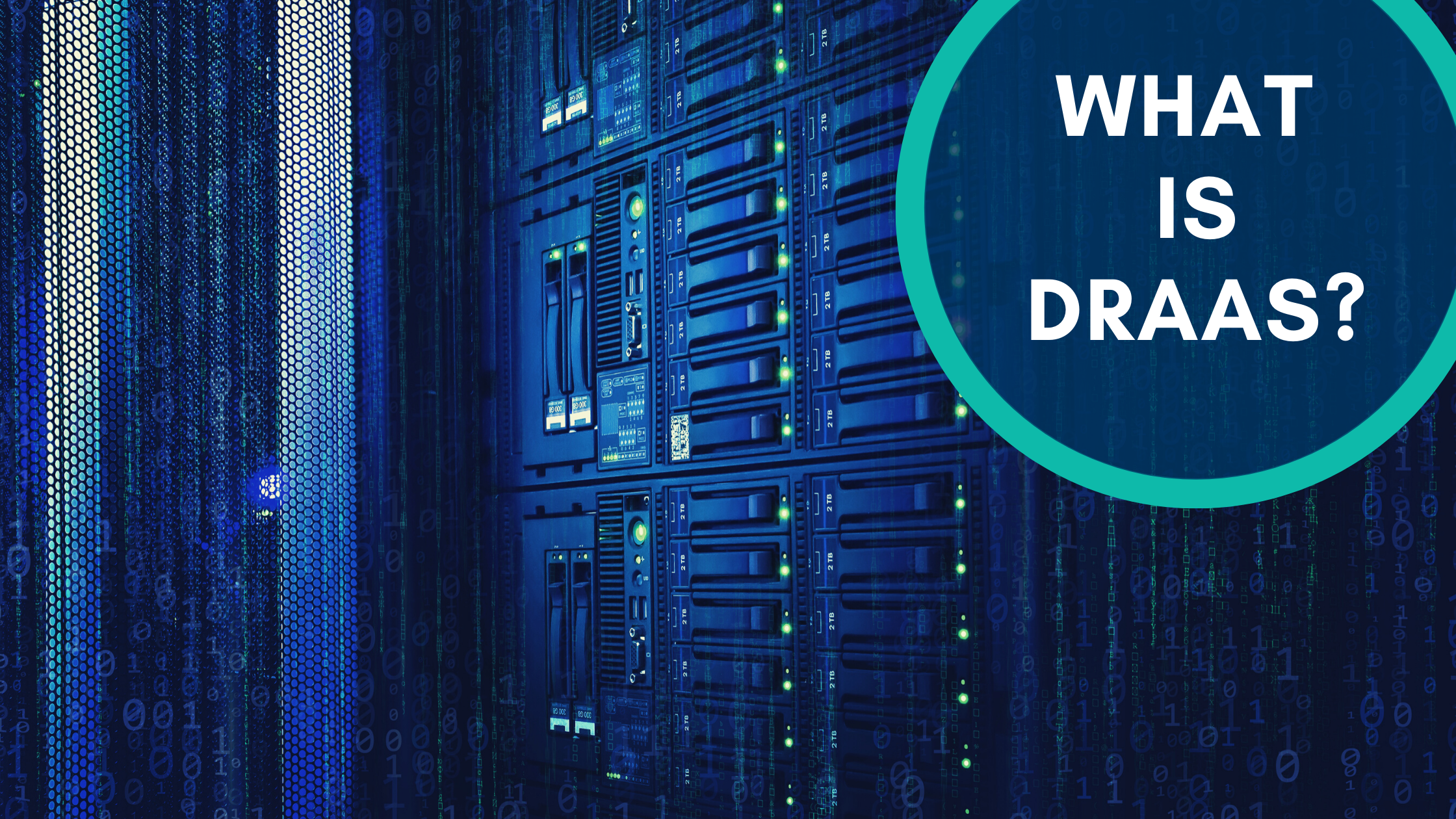Disaster Recovery as a service (DRaaS) is the duplication and hosting of applications and servers by a third party in the cloud to act as a failover in the event of downtime. Downtime can be foreseen or unforeseen and could either be natural or artificial.
Most importantly, the impact of a disaster on your business can be catastrophic. Such consequences could range from adverse effects on your revenue, customer satisfaction, profits, employee productivity, and many more. At the same time, downtime could cause an impact on your reputation as a business owner.
Therefore, it is essential to implement various business continuity procedures and disaster recovery plans and processes. However, implementing these measures can be difficult and expensive to set up and maintain. That is, ensuring the plans work well and act as a shield in case of disasters.
San Antonio DRaaS providers make work easier for you by taking all the complex jobs to ensure your business is covered from possible disasters through our disaster recovery services. Nonetheless, the first thing is to understand what a DRaaS does.
What does a Disaster Recovery as a Service (DRaaS) do?
DRaaS uses modern cloud infrastructures to virtually and securely keep your data. The storage protects you from extra hardware costs and computing requirements. It lets you keep your data in secure infrastructure data centers to allow data recovery whenever you need to recover the data.
Experiencing downtime is more than just technology. Disasters happen, and they could be artificial or natural. Whether it is failing hardware, fire, floods, or something else, disaster recovery solutions will help you get around downtime within a short period. Downtime could cost your business more than projected in unexpected ways.
How does DRaaS work?
Disaster Recovery as a service works based on cloud computing technology. The service works by copying and holding virtual and physical servers to act as a failover during an interruption in your business. Recovery as a service happens in three primary stages. They include:
Copying the Data
Primary site data is copied and transmitted to your disaster recovery services. The DRaaS provider hosts the complete data remotely. Most importantly, the DRaaS provider should copy the primary site data in physical and virtual servers, which reduces the impact on the primary site. The DRaaS provider should use hybrid solutions if the company infrastructure is compatible with it. Furthermore, the disaster recovery solution should let in regularly added data to prevent data loss in case of failover.
Failover
During downtime, the recovery service provider avails the hosted data stored in a secondary site. While many DRaaS providers can offer recovery solutions, the recovery speed is the most critical aspect of DRaaS solutions. The high-speed turnover helps to prevent adverse losses that may affect your business operations.
Failback
The DRaaS provider retrieves the data back to the primary site. Once the data restoration is successfully done to the primary site, it is important to begin copying the data again to prevent possible future data losses.
Why do you need DRaaS?
DRaaS allows you to maintain the regular operation of your business using the right machinery when a disaster occurs. Your business can quickly make a failover when a disaster occurs without engaging several parties to help in the recovery process. This way, you would protect the business revenue, reputation, productivity, and profits.
What are the benefits of DRaaS?
Access to proper infrastructure and services to run your business in the event of a major failure is critical for the continuity and smooth operation of the company. DRaaS comes with several benefits, including testing and setting up the proper infrastructure for disaster recovery solutions. This infrastructure helps in speedy disaster recovery when your business goes through a major failure. Other benefits of DRaaS include:
Easy Upgrading
When your business outgrows its current status, there are many things that you will need to upscale, including the recovery options. Disaster recovery solutions provide an external recovery option to help in the easy scaling of the business. Expanding and updating your system can happen seamlessly without any barriers when you use the correct DRaaS solution.
Security
DRaaS helps you save your data from possible cybercrimes. Your critical business information can be at risk of breach and loss when you depend on in-premise data recovery systems. Cloud computing technology provides a disaster recovery solution that assures more security through encryption and a substitute recovery option.
Cost-efficient
Setting up and testing disaster recovery systems can be expensive because of the hardware and workforce you will have to use as a business. While this setup can be possible, the high cost can make it challenging for businesses to manage normal obligations. Some companies do the challenging jobs for you. San Antonio DRaaS providers is a DRaaS example providing disaster recovery as a service cost thus, ensuring your business is cost-efficient in the long run.
What is disaster recovery planning, and why is it so important?
Business continuity focuses on restoring and maintaining the whole of an organization’s operation in the face of a major disruptive and unexpected event. A disaster recovery plan is a document that specifies how an organization can efficiently and effectively recover access to its critical technology systems and data after the disruptive event. This means that the business can recover as quickly as possible in the event of an unexpected disruption.
Effective disaster recovery plans minimize disruption in your organization. Also, it can help contain commercial losses, reduce reputational impact upon the organization and avoid possible legislative breaches. The plan covers various important aspects that the organization should give attention. They include:
- A complete record of the organization assets
- Minimum acceptable limits that the organization can comfortably entertain during downtime
- Disaster recovery processes, including the different disaster recovery services, backup systems, sites, and resources.
- Disaster recovery responsibilities
- An effective communication plan
- Training and rehearsals
The disaster recovery plan is the continuity of your broader business continuity plan that focuses on your technology, communication, data systems, and assets.
San Antonio DRaaS providers understand that when things go down in your organization, every second counts. We have experienced engineers waiting to help you every day and every time, ready to assist in testing, failover, and failback your company data within the shortest time possible. We depend on highly sophisticated data centers to securely host you in the event of a disaster.

